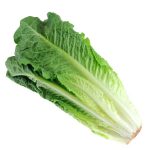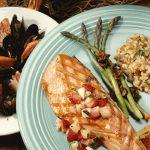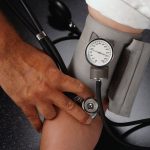
TUESDAY, Dec. 18, 2018 (HealthDay News) — The California farm where romaine lettuce was implicated in the recent nationwide E. coli outbreak said it is expanding its recall to include other forms of produce. According to a company statement, Adam Bros. Farming Inc., in Santa Barbara County, said it is also recalling red and green leaf lettuce as well as cauliflower. The company said it did so, “after it was discovered that sediment from a reservoir near where the produce was grown tested positive for E. coli O157:H7,” the strain implicated in the outbreak. As well, “the Adam Bros. recall has prompted asub-recall by Spokane Produce Inc., of Spokane, Wash.,” the U.S. Food and Drug Administration said in its own news release issued late Monday. Spokane Produce “recalled sandwiches and other products under the Northwest Cuisine Creations and Fresh&Local labels,” the FDA said. Federal health investigators announced on Dec. 13 that they had pinpointed Adam Bros. as at least one California farm implicated in the recent outbreak of E. coli illness tied to romaine lettuce. They said that more farms in the same area are probably connected to the outbreak. So far, 59 people across 15 states have come down with the often severe gastrointestinal illness. Health concerns were so high that just before Thanksgiving, the FDA and the U.S. Centers for Disease Control and… read on >

























-300x200.jpg)







-300x169.jpg)
